Tag: hemodynamics
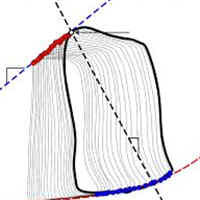
Ventriculo-Arterial Coupling Analysis Predicts the Hemodynamic Response to Norepinephrine in Hypotensive Postoperative Patients
In patients with arterial hypotension norepinephrine increased end-systolic ventricular elastance and arterial elastance. The effects of norepinephrine on stroke volume depend on baseline ventriculo-arterial coupling. Although... read more
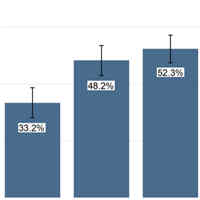
Arterial pH with Hemodynamic Response Association to Vasopressin in Patients with Septic Shock
Compared with higher arterial pH, patients with septic shock and low arterial pH had lower odds of vasopressin response and higher catecholamine doses after vasopressin initiation. Similar to other vasopressors, the clinical... read more
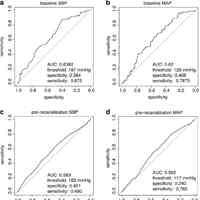
Hemodynamic Status During Endovascular Stroke Treatment
In our protocol-based setting, intraprocedural pre-recanalization BP reductions during endovascular therapy were not associated with functional outcome. However, higher intraprocedural pre-recanalization SBP and MAP were... read more
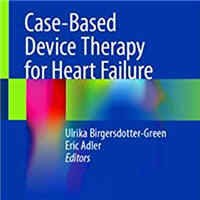
Case-Based Device Therapy for Heart Failure
This book provides a comprehensive practical guide to the plethora of devices that have been developed to support the failing heart. It features easy to follow clinically relevant guidance on mechanical devices used for improving... read more
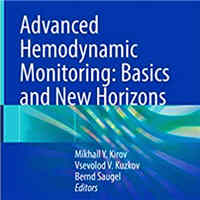
Advanced Hemodynamic Monitoring: Basics and New Horizons
This book describes how to monitor and optimize cardiovascular dynamics using advanced hemodynamic monitoring in perioperative and intensive care medicine. The book outlines basic skills of hemodynamic monitoring, different... read more

Principles of Intensive Care, CCU, ICU and Dialysis (Book 1): Vascular Access, ICU and Drug Treatment, Hemodynamic Monitoring
Anesthesia and intensive care are one of the most important disciplines in medical, paramedical and nursing sciences and requires spending attention, time, gaining enough information and experience to be able to evaluate... read more
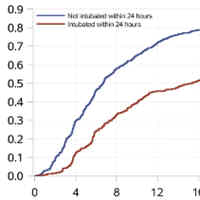
Outcome After Intubation for Septic Shock with Respiratory Distress and Hemodynamic Compromise
Intubation within 24 h of sepsis was not associated with hospital mortality but resulted in fewer 28-day hospital-free days. Although intubation remains a high-risk procedure, we did not identify an increased risk in mortality... read more
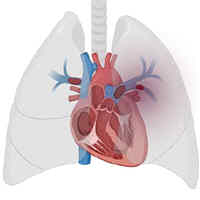
Management of Pulmonary Embolism in the ICU
Pulmonary embolism is a reason for admission to the Intensive Care Unit and this complication in hospitalised patients is associated with high morbidity and mortality. The identification and management of pulmonary embolism... read more
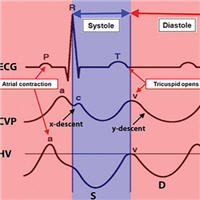
Point of Care Venous Doppler Ultrasound
Accurate assessment of the hemodynamic status is vital for appropriate management of patients with critical illness. As such, there has been a constant quest for reliable and non-invasive bedside tools to assess and monitor... read more
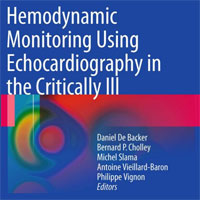
Hemodynamic Monitoring Using Echocardiography in the Critically Ill
The hemodynamic evaluation of patients with acute circulatory failure and respiratory failure has in the past usually been performed using invasive procedures but in recent years less invasive monitoring devices have been... read more
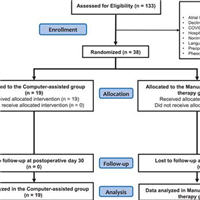
Computer-assisted Individualized Hemodynamic Management Reduces Intraoperative Hypotension
In patients having intermediate- to high-risk surgery, computer-assisted individualized hemodynamic management significantly reduces intraoperative hypotension compared to a manually controlled goal-directed approach. All... read more
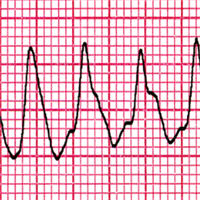
Electrical Storm and Incessant Ventricular Tachycardia
Electrical storm, also referred to as arrhythmic storm, refers to multiple recurrences of ventricular arrhythmias over a short period of time. In most instances, the arrhythmia is ventricular tachycardia (VT), but polymorphic... read more
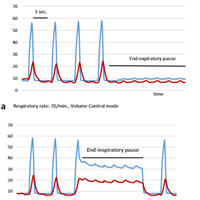
When Could Airway Plateau Pressure is Acceptable in ARDS Patients?
Limitation of plateau pressure (Pplateau) is critical for pro-tection from ventilator-induced lung injury in patients with acute respiratory distress syndrome (ARDS). Limiting to a 30 cmH2O threshold is a widely accepted... read more
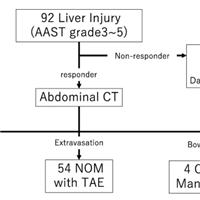
Transcatheter arterial embolization for severe blunt liver injury in hemodynamically unstable patients
Transcatheter arterial embolization (TAE) in hemodynamically unstable patients who responded to initial infusion therapy to some extent has acceptable in-hospital mortality and clinical failure rates. Hemodynamic instability... read more




